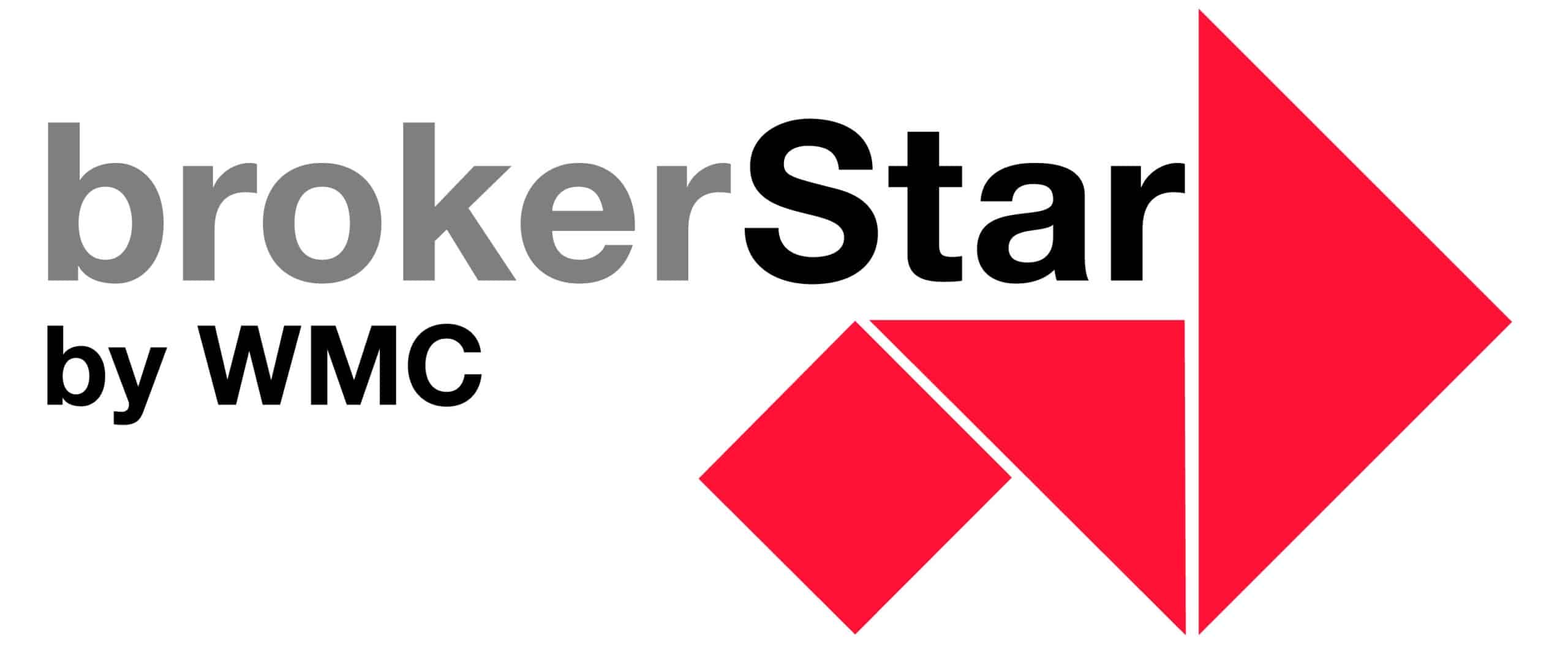Workplace Stress: A Global Threat to Insurers
19 März, 2025 | Aktuell Allgemein Blog
Workplace stress has surged into a crisis over the past decade.
People suffer under immense workloads at home and in the workplace. A yoga at the desk session cannot compensate for the rush for short-term profits and leadership focused on “ambitions” instead of realistic expectations. Stress at home reduces focus and performance at the workplace, which is the beginning of a vicious circle.
As insurers, we witness the sharp rise in health insurance costs, a record number of workers’ compensation and disability claims, and premature deaths worldwide.
The insurance industry alone cannot solve stress-related disorders but plays a critical role in systemic change. We must face a crucial challenge – and a profound opportunity – to lead in prevention and care.
Health Insurance Under Strain
Workplace stress is a significant contributor to health spending. According to a 2019 multi-country analysis released by Asia Care Group/Cigna Group, between 4% and 19% of total health expenditures are linked to stress-related conditions. The study reveals that 25% of hospital admissions, 35% of primary care visits, and 19% of emergency department visits have an underlying driver of stress.
In the United States alone, workplace stress is linked to 8% of national healthcare spending (contributing to around $190 billion in costs) and an estimated 120,000 deaths each year, as outlined in a joint study published in 2015 by Harvard Business School and Stanford.
Need more figures? The World Health Organization reports that 12 billion working days are lost each year due to depression and anxiety, resulting in a loss of 1 trillion USD in annual productivity.
According to the healthcare data brief from LexisNexis Risk Solutions, there has been an 83% increase in the utilisation of mental health services between 2019 and 2023. Indeed, the pandemic has affected us all; however, more than anything, it has revealed a dramatic crisis – we are confronting an unprecedented mental health crisis.
As a result, the insurance industry faces steadily rising premiums and loss ratios. However, continuous growth is not the solution – we risk excluding those who need care from the system.
This is why we need effective, data-driven interventions that target stress at its source.
Workers’ Compensation on the Rise
A growing body of data indicates significantly higher workers’ compensation claims for stress-related injuries. In the past decade, psychological stress claims have increased more rapidly than any other category.
In Australia, claims for mental health conditions continue to increase every year, accounting for 11% of serious claims in 2024. Moreover, the median time lost from work in these cases is over five times that recorded across all injuries and diseases.
Meanwhile, the UK Health and Safety Executive (HSE) reports that workplace stress, depression, or anxiety has now become the leading cause of occupational ill health, accounting for 16.4 million lost working days annually. While an average UK employee takes 6.8 days off work in case of an injury, the average for stress, depression, and anxiety is 21.1 days off.
In the United States, more states are allowing “stress-only” workers’ compensation claims, especially in cases involving first responders and individuals subjected to intense on-the-job trauma. As these policies evolve, brokers can anticipate ongoing growth in stress-related claims – and the necessary underwriting adjustments that follow.
Several European countries started recognising burnout as an occupational phenomenon, leading to a surge in worker compensation due to workplace stress.
Disability: A Mental Health Tsunami
Chronic stress and work-induced mental health conditions have become a leading driver of both short-term and long-term disability insurance claims globally. Over the last decade, insurers and researchers have noted a sharp rise in disability claims attributed to mental illness (often triggered or exacerbated by workplace stress).
Studies compiled by the Organisation for Economic Co-operation and Development reveal that in developed nations, one-third to one-half of all new disability benefit claims stem from issues like depression, anxiety, or burnout, often rooted in chronic workplace stress. While OECD labor studies highlighted this trend as early as 2012, the pattern has persisted or worsened: among younger workers, nearly ³/₄ of new disability claims are due to mental health issues.
The numbers are sobering. A 2023 report by the Geneva Association estimates that $15 billion in disability payouts now go toward mental health–related claims worldwide each year – and rising.
A 2021 report by the Chief Risk Officer Forum found that mental health conditions are the leading cause of disability and early workforce retirement in many countries. It also notes that disability insurance claims for mental health have been rising for more than a decade.
In Canada, mental health represents nearly 30% of all disability claims. Mental health claims rose by 70% between 2019 and 2022.
Death by Overwork: The Ultimate Toll
Perhaps the most disturbing marker of workplace stress is the toll of premature deaths. A joint study by the World Health Organization (WHO) and the International Labour Organization (ILO) attributes 745,000 stroke and heart disease deaths globally in 2016 alone to long working hours. This is a 29% jump from 2000 in deaths due to overwork and chronic stress.
“The study concludes that working 55 or more hours per week is associated with an estimated 35% higher risk of a stroke and a 17% higher risk of dying from ischemic heart disease, compared to working 35-40 hours a week”
In Japan, the phenomenon of “karōshi” (death by overwork) has driven hundreds of annual compensation claims for employees who succumb to fatal conditions linked directly to chronic job strain.
For life insurers, these numbers serve as a stark reminder that occupational stress not only harms productivity but can also tragically shorten lives.
Beyond the human suffering, these statistics highlight a massive opportunity for stakeholders to collaborate on stronger workplace policies and practical interventions that safeguard employee well-being.
The skeleton in the closet – the fine line between suffering and fraud
Stress-related claims present a unique diagnostic challenge given the subjective nature of symptoms.
On one hand, both insurers and employers risk falling prey to fraudulent claims, exposing themselves to legal liabilities and reputational harm. Yet suspicion alone must not overshadow the genuine needs of those truly suffering from stress-related conditions.
Opportunity in Crisis
What does all this mean for the insurance industry? It underscores that responding to workplace stress is no longer a “nice to have” – it is an economic and ethical imperative.
A growing chorus of experts calls for holistic strategies that address job design, workload management, and robust mental health support. Employers implementing these measures often see reduced turnover, fewer claims, and a healthier, more resilient workforce.
For those of us in insurance and risk management, these trends are both a warning and an immense opportunity.
This is precisely why we need cutting-edge, science-based, and technology-supported solutions. We must move beyond speculation and invest in prevention by creating quantitative measures of stress—tools that empower employers and individuals to proactively identify, prevent, and address workplace stress.
After all, we can’t manage what we can’t measure.
Mirela Dimofte
Read also: Is Mental Illness a Choice?




